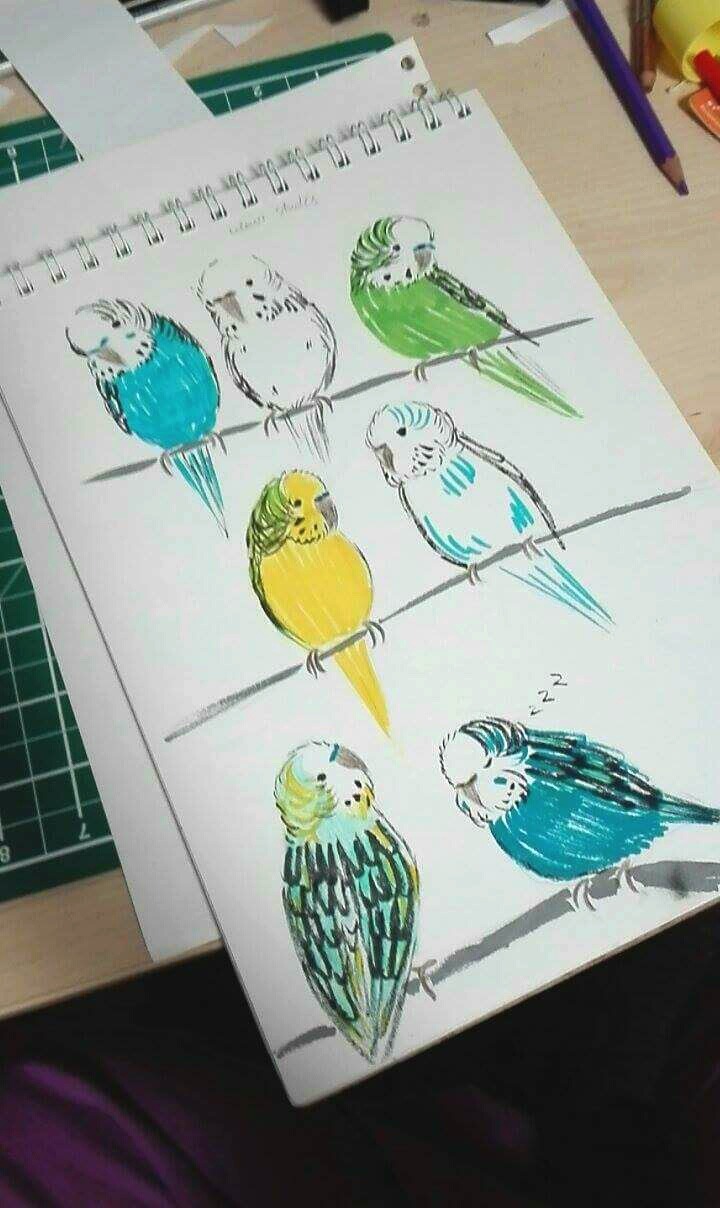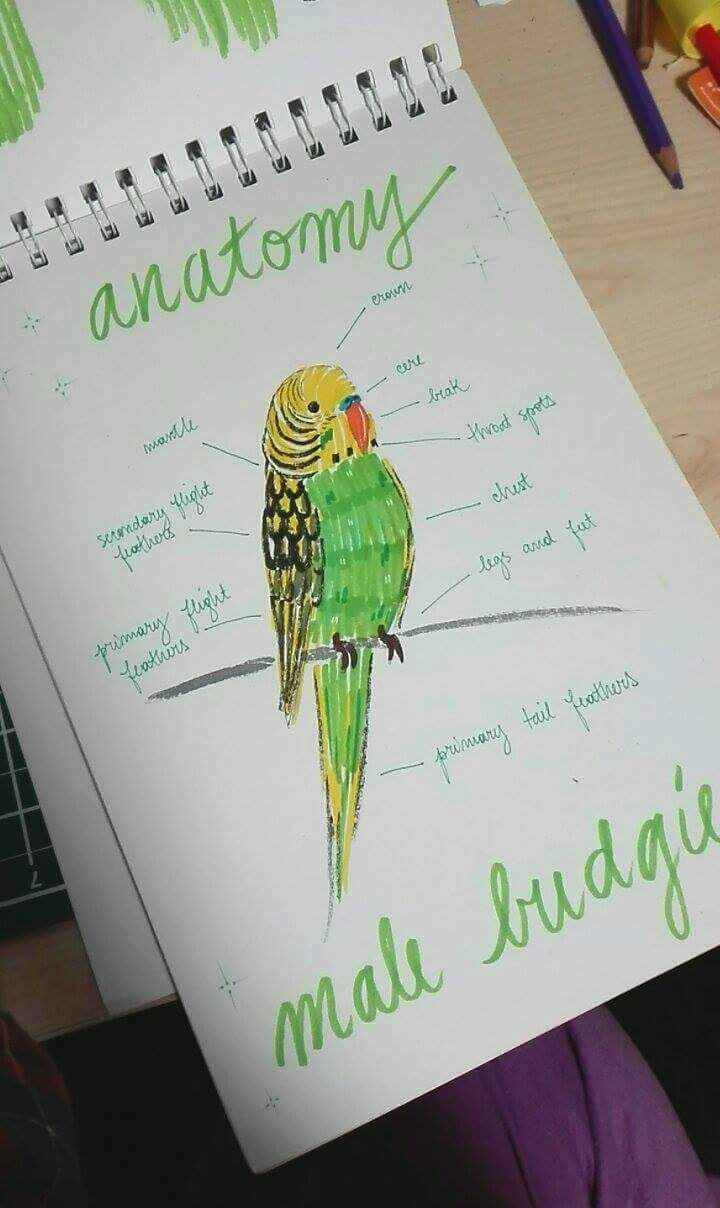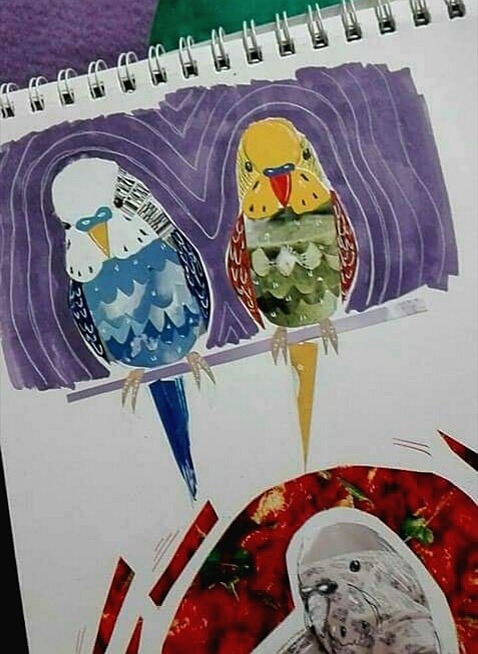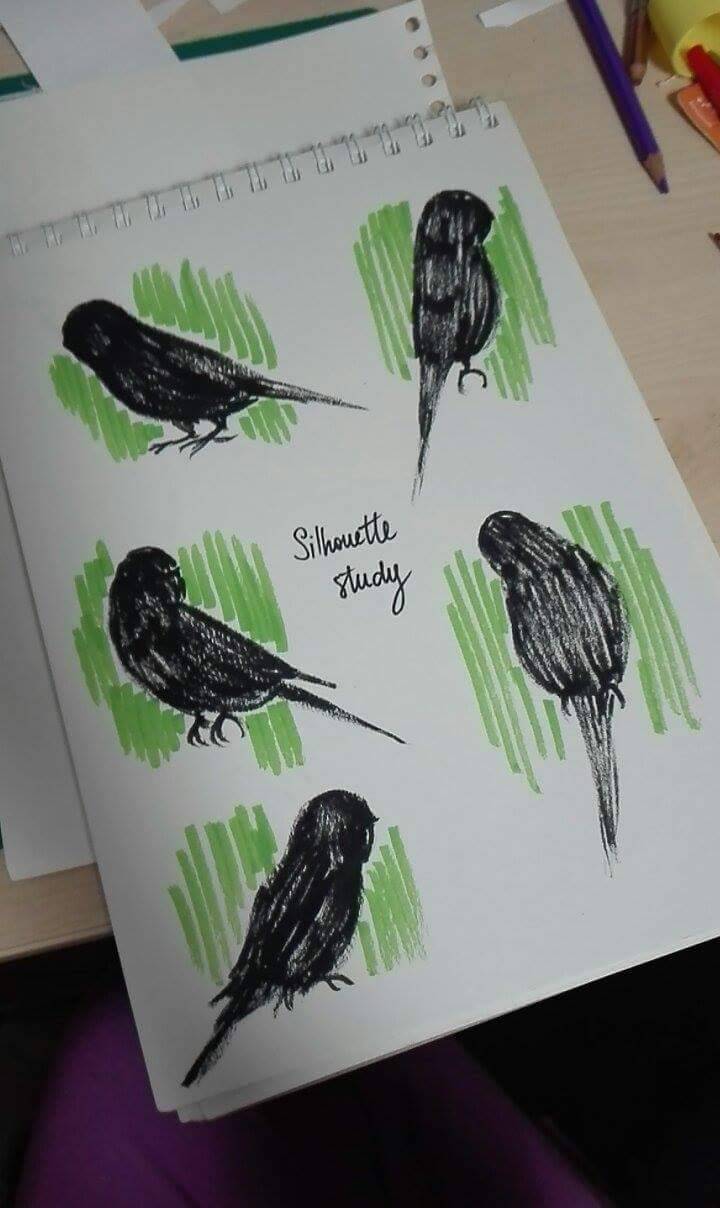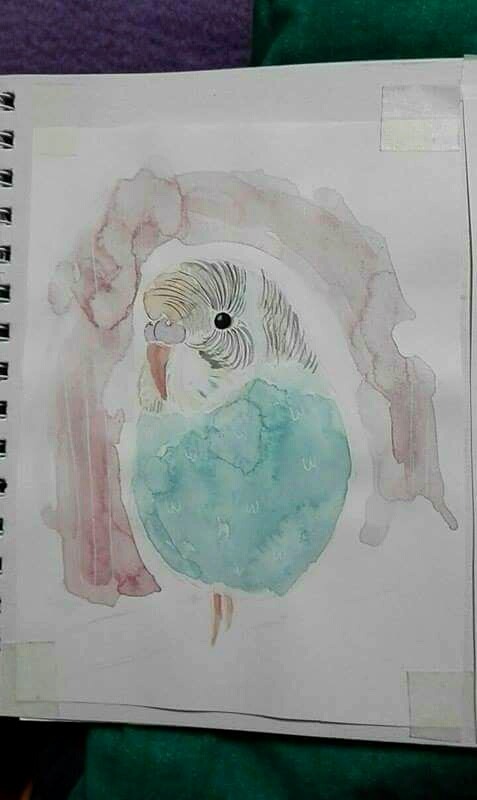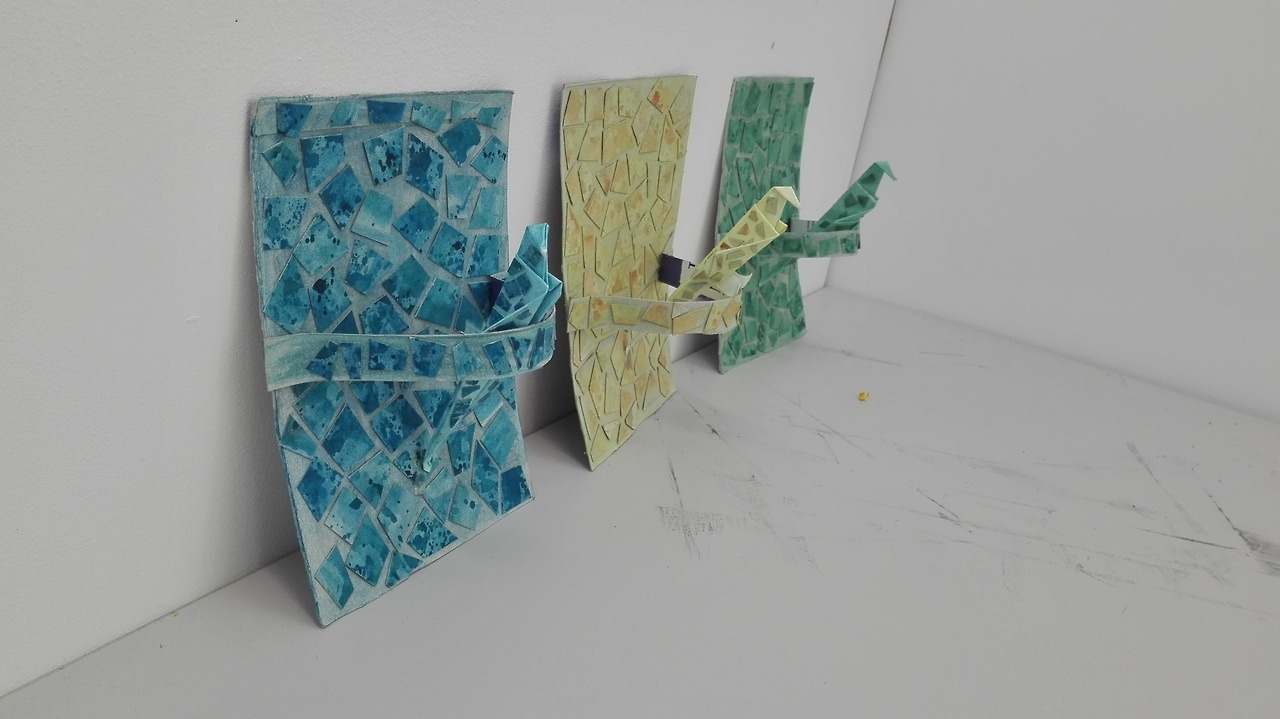For my Research Methodology project, I chose to study frogs. I found them intriguing in the sense that they were considered either cute pets or horrible creatures - there is no in-between. Aside from their reputation, they are very interesting animals and have so many variations. This post shows a sample of my project and my exploration of frogs.
 In my research I investigated the things most commonly associated with frogs. I looked at their patterns, their movements and their noises in an attempt to understand them better to find a way to represent them. First, I looked at the distinctive markings of the common frog, the kind you're likely to find in your garden. I experimented with different mediums to find the best way to represent the texture and patterning of a frogs skin. I found watercolour to work particularly well as it had a softer effect that suited the subject.
In my research I investigated the things most commonly associated with frogs. I looked at their patterns, their movements and their noises in an attempt to understand them better to find a way to represent them. First, I looked at the distinctive markings of the common frog, the kind you're likely to find in your garden. I experimented with different mediums to find the best way to represent the texture and patterning of a frogs skin. I found watercolour to work particularly well as it had a softer effect that suited the subject.


I also experimented with etching to create the patterns of frog skin. I tried the standard form of etching and found that the pattern edges were too harsh and bold. In the example shown, I used diluted watercolour paint over the dried ink to add a green tint to the etch, adding a little colour. Despite this, the darker patches of the pattern still look harsh. My second etching attempt was much more successful and had a more natural-looking finish. For this plate, I removed the ground for the patterning with a pencil eraser which removed it unevenly and gave the faded outline to the marks. I then treated and inked up the plate as normal and found that the ink collected in the uneven patterns, then forming darker areas on the print which looked great. The print shown is my favourite of those taken from the second plate as it showcases the pattern brilliantly but still maintains as an overall image of a frog.
This next image is of my piece from the mechanical animals workshop. In this session, we were encouraged to create a representation of our chosen animal created out of mechanical elements. In my piece I really wanted to convey the frogs hopping movement in the springs under its feet and the powerful legs crammed with gears and other machinery. The springs might look comical, but they communicate my message well.
In the last image, you can see my piece from the workshop led by guest lecturer My Dog Sighs, inspired by his Free Art Friday initiative. The workshop encouraged students to find a piece of litter and to rework it as a piece of art. Students used cans, bottle caps and scraps of paper for their work. I found a seed from a sycamore tree and thought it looked a lot like a tadpole. I then used acrylic paints to paint the seed as a tadpole, with the markings and a little eye. I think this piece is very effective, and is a good representation of a tadpole.
 In my research I investigated the things most commonly associated with frogs. I looked at their patterns, their movements and their noises in an attempt to understand them better to find a way to represent them. First, I looked at the distinctive markings of the common frog, the kind you're likely to find in your garden. I experimented with different mediums to find the best way to represent the texture and patterning of a frogs skin. I found watercolour to work particularly well as it had a softer effect that suited the subject.
In my research I investigated the things most commonly associated with frogs. I looked at their patterns, their movements and their noises in an attempt to understand them better to find a way to represent them. First, I looked at the distinctive markings of the common frog, the kind you're likely to find in your garden. I experimented with different mediums to find the best way to represent the texture and patterning of a frogs skin. I found watercolour to work particularly well as it had a softer effect that suited the subject.

I also experimented with etching to create the patterns of frog skin. I tried the standard form of etching and found that the pattern edges were too harsh and bold. In the example shown, I used diluted watercolour paint over the dried ink to add a green tint to the etch, adding a little colour. Despite this, the darker patches of the pattern still look harsh. My second etching attempt was much more successful and had a more natural-looking finish. For this plate, I removed the ground for the patterning with a pencil eraser which removed it unevenly and gave the faded outline to the marks. I then treated and inked up the plate as normal and found that the ink collected in the uneven patterns, then forming darker areas on the print which looked great. The print shown is my favourite of those taken from the second plate as it showcases the pattern brilliantly but still maintains as an overall image of a frog.
This next image is of my piece from the mechanical animals workshop. In this session, we were encouraged to create a representation of our chosen animal created out of mechanical elements. In my piece I really wanted to convey the frogs hopping movement in the springs under its feet and the powerful legs crammed with gears and other machinery. The springs might look comical, but they communicate my message well.
In the last image, you can see my piece from the workshop led by guest lecturer My Dog Sighs, inspired by his Free Art Friday initiative. The workshop encouraged students to find a piece of litter and to rework it as a piece of art. Students used cans, bottle caps and scraps of paper for their work. I found a seed from a sycamore tree and thought it looked a lot like a tadpole. I then used acrylic paints to paint the seed as a tadpole, with the markings and a little eye. I think this piece is very effective, and is a good representation of a tadpole.














